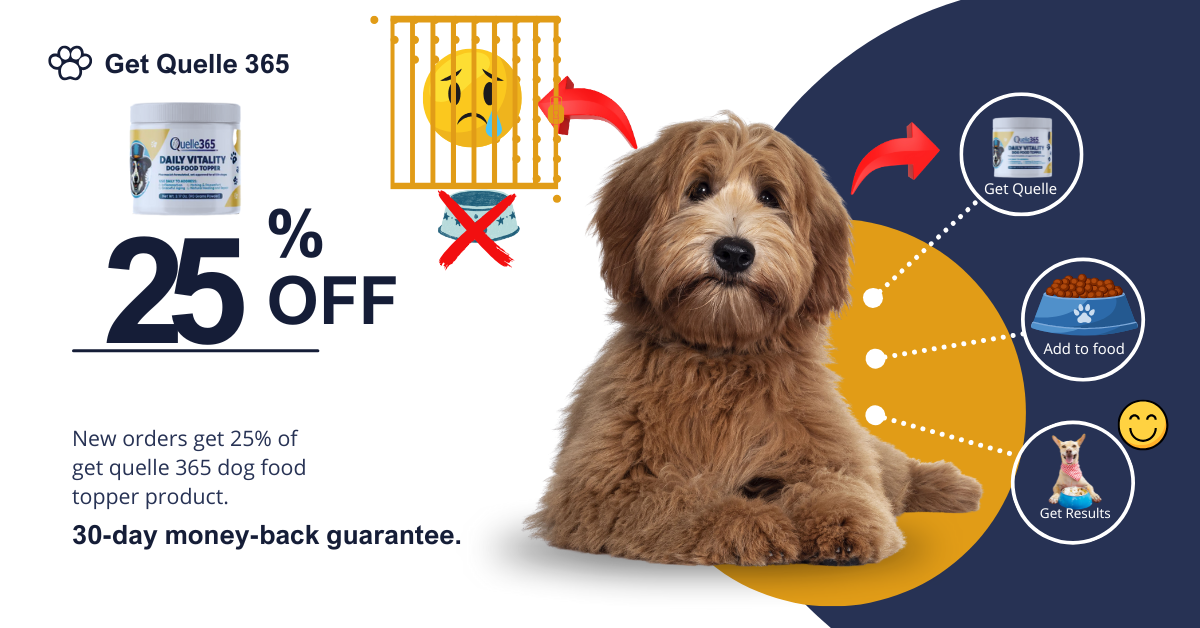Norway reports decline for Campylobacter in chickens
Norway has reported the lowest rate of Campylobacter positive broiler flocks since 2009.
In 2024, 70 out of more than 2,000 broiler flocks tested positive for Campylobacter as part of a food safety surveillance program.
The Norwegian Veterinary Institute, Norwegian Food Safety Authority (Mattilsynet), Animalia, and the poultry industry annually monitor Campylobacter in broilers slaughtered at a maximum age of 50 days.
Mattilsynet is responsible for implementing the surveillance program, while the Norwegian Veterinary Institute coordinates the plan, performs the laboratory investigations, analyses the data, and communicates the results.
Sampling of broilers by the owner or keeper on the farm from May to October 2024 showed that 3.4 percent of the flocks tested positive for Campylobacter. A total of 2,071 flocks from 495 farms were sampled. One sample consisted of 10 pooled swabs from fresh fecal/cecal droppings.
Of all farms sampled, 57 had at least one positive flock, and of these, 13 had two flocks positive. There is follow-up on positive flocks, with an emphasis on advice to the producer.
Better than recent years
In 2021, 2022, and 2023, between 4.8 and 6.1 percent of Campylobacter positive flocks were detected. The result of 3.4 percent is the lowest recorded in the surveillance program in almost 20 years.
Flocks that test positive for Campylobacter are either heat-treated or frozen for a minimum of three weeks. This reduces the risk of people being infected with campylobacteriosis when handling fresh poultry meat in the kitchen.
Compared to other European countries, Norway has a low prevalence of the bacteria.
Figures from the Norwegian Institute of Public Health (FHI) show that Campylobacteriosis is the most commonly reported foodborne human bacterial infectious disease in Norway. In 2024, the number of human cases was 3,092; 1,102 were acquired in Norway, 1,251 were acquired abroad and 739 had an unknown origin.
Animalia is also part of a project aiming to develop more effective measures for dealing with Campylobacter in the poultry industry. Current methods of freezing for three weeks have been described as effective but expensive. CampySafe focuses on control of the bacteria during slaughter, cooling and freezing.
Others involved in the project are Nortura, Den Stolte Hane, Norsk Kylling, Nærbø Kyllingslakt, Berika, Gårdsand, the Norwegian Veterinary Institute, NMBU Veterinary College and KLF.
(To sign up for a free subscription to Food Safety News, click here.)
Source link







